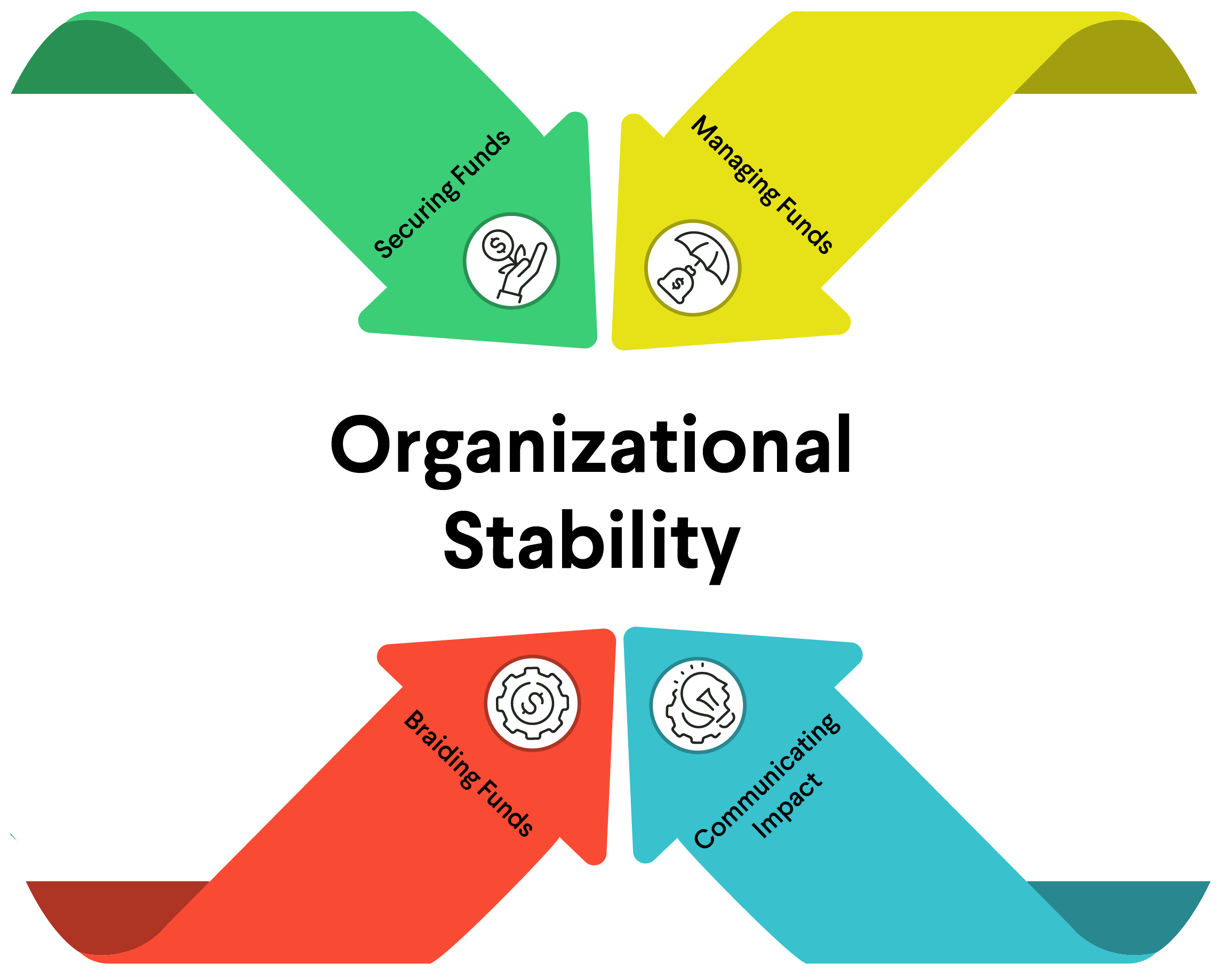
High Road Training Fund
About the CWDB The overarching goal of California’s Workforce Development Board is the reorientation and realignment of California’s workforce programs and institutions to help build a dynamic and globally successful state economy that offers residents…











